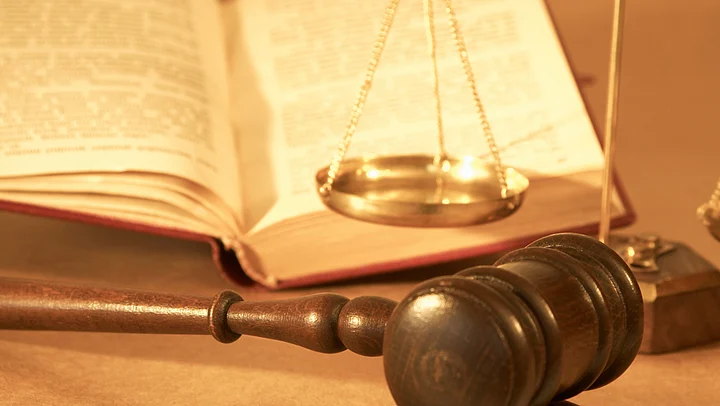One of the crowning achievements of India’s judiciary has been the Public Interest Litigation (PIL). This enabled the court to hear out public grievances and deliver justice on key social issues.
The Court has to innovate new methods and strategies to provide access to justice to large masses of people who are denied basic human rights, to whom freedom and liberty have no meaning.
— Justice PN Bhagwati (SP Gupta vs Union of India, 1981)
We present five of the many milestones of the PIL revolution.
1) Sheela Barse vs State of Maharashtra (February 15, 1983):
This was a historic judgment that dealt with the issue of custodial violence against women in prisons.
This resulted in an order facilitating separate police lockups for women convicts in order to shield them from further trauma and brutality.
2) MC Mehta vs Union of India (Pollution in the Ganga)
This judgement delivered on January 12, 1988, lashed out at civic authorities for allowing untreated sewage from Kanpur’s tanneries making its way into the Ganges.
It was the beginning of green litigation in India. In 1996, environmentalist M C Mehta’s PIL, (M C Mehta vs Union of India on December 30, 1996) resulted in stringent orders against Mathura refineries for polluting the ambient air around the Taj Mahal.
Yet another PIL by M C Mehta resulted in the CNG verdict (July 28, 1998) that forced the vehicles in the capital to switch to a different fuel in order to keep a check on vehicular pollution.
3) When the court kept its distance from policy decisions:
The disinvestment season initiated by the NDA-1 government to sell 51% stake in BALCO (Bharat Aluminium Company Limited) was challenged by the Supreme Court in 2001.
Quite significantly the Supreme Court in its decision on December 10, 2001 said,
PIL is not a pill or a panacea for all wrongs. There have been, in recent times, increasingly instances of abuse of PIL. Therefore, there is a need to re-emphasise the parameters within which PIL can be resorted to by a Petitioner and entertained by the Court.
Executive vs Judiciary
The judges also drew a line distinguishing between the domain of the executive and the judiciary in a bid to avoid the clash between the two. Thus, the judgement read:
Public Interest Litigation was not meant to be a weapon to challenge the financial or economic decisions which are taken by the Government in exercise of their administrative power.
4) The 2G Judgement
The judiciary chose not to impinge on the authority of the government and its policy decisions in 2001, but a decade later the Supreme Court chose to step into what was described as one of the biggest scams in post-independent India.
On February 2, 2012, the top court criticised a policy decision - one taken to use ‘first-come-first-served’ as the basis to allocate natural resources. The court’s advice was to use auctions for allocations.
This was the result of separate PILs by Subramanian Swamy and Prashant Bhushan and it embarrassed the UPA government. Though some saw it through the prism of ‘judicial overreach’, that didn’t stop the court from scrapping 122 2G licences.
5) Indira Sawhney judgment
On November 16, 1992, the Supreme Court responded to a PIL filed by lawyer Indira Sawhney and introduced 27% reservation for backward classes in posts and services under the Government of India.
Citing the age old Varna system, the court justified its reason for reservation. The court also spelled out that such a system should not exceed a tenure of ten years once a particular section is adequately represented in society.
Mission Accomplished?
Unlike America, where the objective of the PIL was to increase civic engagement in decision-making, the role of Social Action Litigation was to increase access to justice.
A question often raised in this context is - has this constitutional vision been accomplished?
Former Delhi High Court Judge Justice RS Sodhi tells The Quint:
PILs have been able to pick up the grievances of people as a whole, with the objective of en masse improvement of a system. When individuals could not come to court, the courts became obliged to look into a situation as was prevalent and bring improvement in system.
– Former Delhi High Court Judge, Justice RS Sodhi
Courts have not hesitated in charting unknown territory, but the fast-increasing number of PILs have increased the load on the judiciary. Responding to that, Justice RS Sodhi says:
There are always two sides to a coin. There will be people who will try and exploit [PILs], whether courts allows themselves to be misused... that is where the wisdom of the courts lie.
– Former Delhi High Court Judge, Justice RS Sodhi
